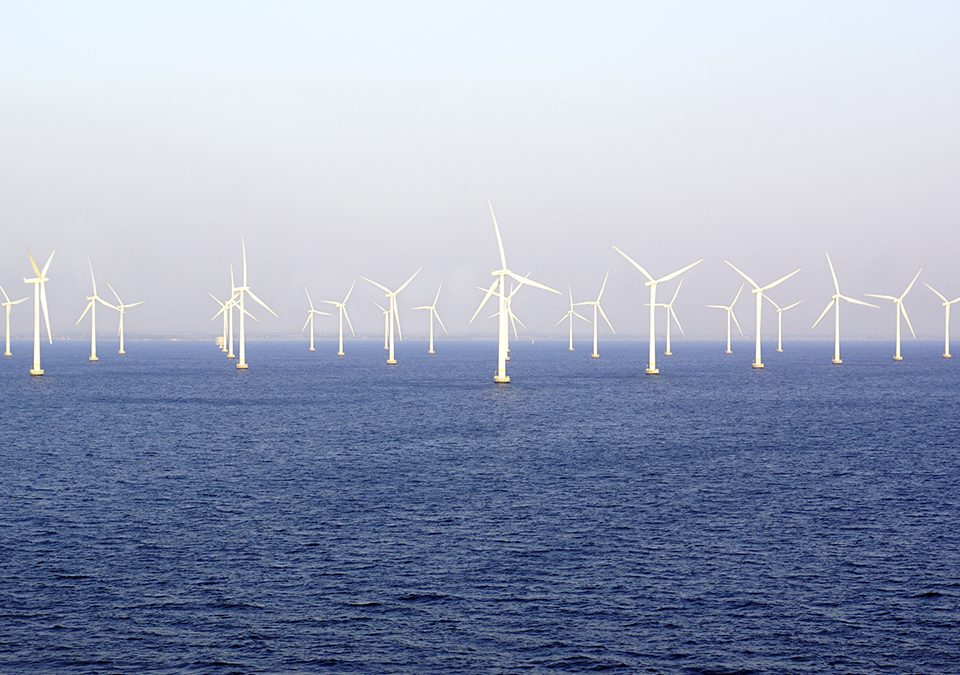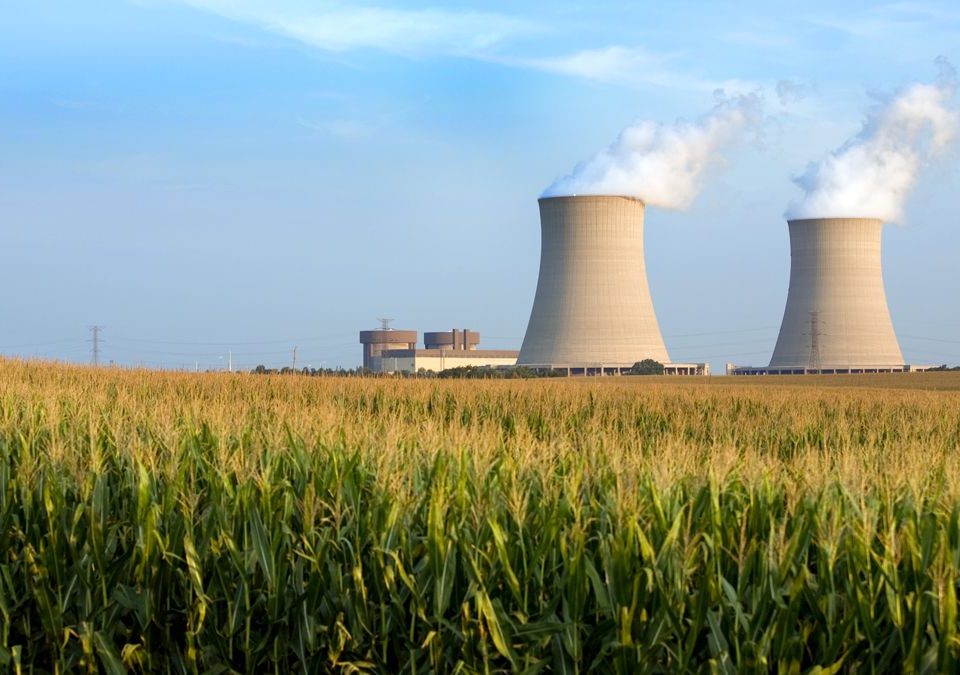Winter is Coming. Get Out Your Wallet

If Texas Officials Want to Beef Up Electric Reliability, Just Look at Alabama
October 18, 2021
The economic fallout in the wake of the Covid 19 pandemic is continuing to squeeze U.S. families. The Energy Information Administration (EIA) issued a dire warning this past week: Expect to spend more heating your homes this winter. The EIA says the average family will spend 30-50% more on heating costs than last year, depending on the severity of this winter. How did this happen?
The most significant contributor to the price increase is a shortage of natural gas supplies. For over a decade, natural gas developers have used innovative technologies to reach vast amounts of this new energy economy commodity. These new extraction measures have helped stabilize prices and have made the U.S. the world’s largest natural gas producer.
The low gas prices kept U.S. energy costs in check and eventually facilitated a lucrative export industry. But much of that success has come to a halt. Drilling costs have increased, and a lack of pipeline capacity has put the squeeze on output. If that double whammy wasn’t enough, the natural gas industry hasn’t been immune to the labor shortage afflicting the Covid economy. There just aren’t enough workers to get the gas to market.
We’ve already discussed how Europe and Asia have been hit hard by the shortage. Consumers on those two continents now face energy costs at as much as triple the normal levels.
Fortunately, the situation in the U.S. has not been as bad. Yet, several weather-related incidents, such as wells freezing in Texas and hurricanes in the Gulf of Mexico, have put the clamp on overall supply. So what happens when reduced supply collides with increased demand as the mercury drops? Higher prices, of course.
Already, natural gas prices have reached levels not seen since 2014, and there is no relief in sight. And, as with any crisis, it’s the poor who will suffer the most. Economists are already sounding the alarm that larger utility bills will more likely affect low-income households already hobbled by the pandemic.
“We are very concerned about the affordability of heat this winter for all customers, but in particular those who struggle every day to afford their utility services,” says Karen Lusson, a staff attorney for the National Consumer Law Center, a nonprofit that advocates on consumer issues for low-income communities.
What can the average consumer do to prepare for the high heating bills this winter? Experts suggest getting an energy-efficiency tuneup to ensure your system is working correctly, examining your monthly budget to make some cuts, or applying for federal assistance programs like the Low-Income Home Energy Assistance Program (LIHEAP)
Sens. Jack Reed (D-Rhode Island) and Susan Collins (R-Maine) announced that they’re leading a coalition of 36 senators urging their colleagues and the U.S House to fully fund LIHEAP.
Funding LIHEAP is helpful, but it’s a short-term band-aid on a long-term wound.
The U.S. oil and gas industry is a modern-day success story and a primary contributing reason why consumers have access to an affordable and reliable energy supply. It’s time to streamline the regulatory red tape preventing the development of pipelines and other critical energy infrastructure while at the same time incentivizing job creation. If we don’t, consumers could be left out in the cold.
Online recommendations
- Casino Online Nuovi
- Casino Non Aams
- Slot Sites UK
- Non Gamstop Casino
- UK Online Casinos Not On Gamstop
- UK Online Casinos Not On Gamstop
- Casino Sites Not On Gamstop
- Online Casinos
- Best Non Gamstop Casinos
- Non Gamstop Casino Sites UK
- Non Gamstop Casinos UK
- UK Betting Sites Not On Gamstop
- Casinos Not On Gamstop
- Non Gamstop Casinos
- Non Gamstop Casinos
- Best Non Gamstop Casinos
- UK Online Casinos Not On Gamstop
- Casino Sites Not On Gamstop
- Non Gamstop Casino
- Casino Not On Gamstop
- Casinos Not On Gamstop
- New Non Gamstop Casinos No Deposit Bonus
- Casino Non Aams
- Migliori Casino Online
- Crypto Casino
- Meilleurs Sites De Paris Sportifs Belgique



